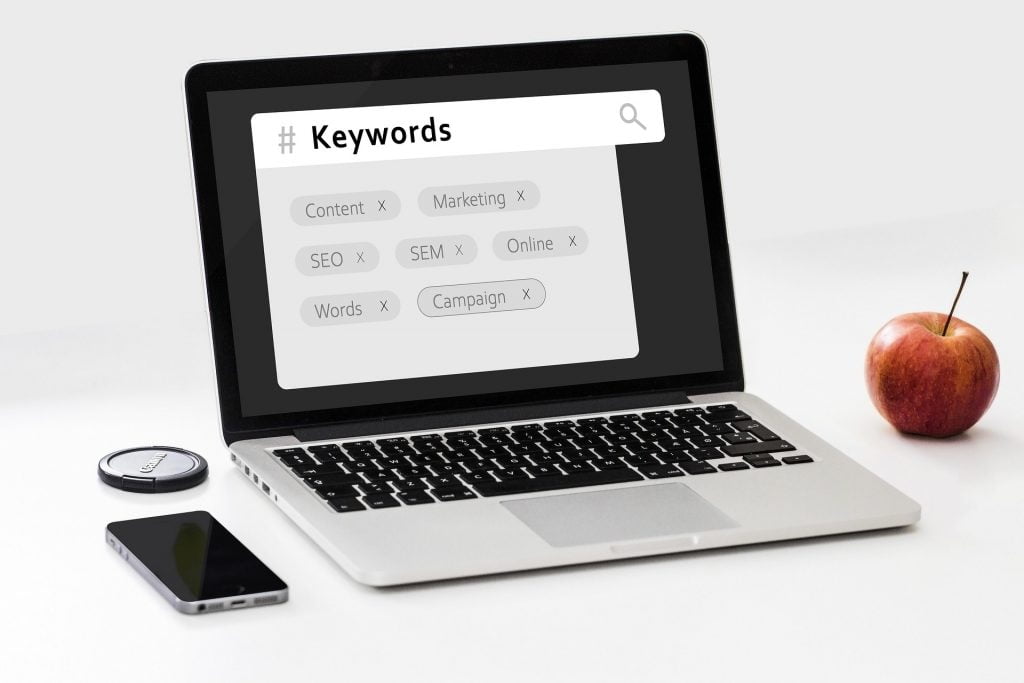Writing well-optimized content can help your website rank high on search engines and boost your business conversion rate. But this is possible with the right content optimization techniques, which eventually help:
- Improve user experience
- Increase visibility in search engines
- To grow brand reputation
Taking a more deliberate approach to content optimization will help you avoid publishing unappealing content for the sake of publishing.
Pro content creators have mastered the art of optimizing their content for both user experience and search engines, and they are reaping massive rewards as a result.
But how do you go about optimizing your content?
Surprisingly, any content writer, including you, can quickly implement the following content optimization techniques.
Conduct Thorough Research on the Right Keywords
One step to optimizing your content is researching the right keywords. Consider this: you want search engines to be aware of the content of your website. More importantly, you want potential customers to locate you.

The right keywords will influence your website’s organic traffic and conversion rate.
Focusing on long-tail keywords with low competition and high search volume is a good practice. They have several advantages over short, generic keywords with high competition, such as:
- Higher relevance to the searchers’ intent
- Improved audience targeting for your content
- Increased organic traffic to your website as a result of the ease of ranking for long-tail keywords
Professionals have mastered various ways to research keywords for their content. They use:
- Google Keyword Planner: This is a free tool offered by Google. It helps you find keywords related to your brand or niche. I like this tool because it displays keyword search volume, competition, and CPC data.
- Keyword suggestion tools: There are various tools (free or paid) that you can use to suggest keywords you can employ in your content. A few examples include Keyword Tool and UberSuggest.
- Competitor analysis: You can research what keywords your competitors rank for on their websites. A tool like Ahrefs can help you identify keywords your competitors rank, especially those driving the most organic traffic to their sites.
- Google Autocomplete: Google offers suggestions once you start typing a phrase or a word on the Google search tab. You can use the suggested terms as keywords because people search for them on Google. They can also assist you in identifying long-tail keywords to target for your content.
- Surveys: You can create surveys and ask your audience or customers probable terms they use to locate your content, product, or services. This can provide valuable insights into their language and help you decide which keywords to target.
Without researching the right keywords for your content, you will end up formulating content just for the sake of it, which eventually adds no value to the reader.
Use Headings and Subheadings to Break your text into Readable Sections
Headings and subheadings make your content easier to read and more attractive. They assist in breaking down your content into small readable chunks, making it easier for your reader to scan through the article.
Also, search engines such as Google uses headings and subheadings to understand the structure and hierarchy of your content on a web page, helping search engines to figure out the main topic and subtopics of the content.
Ensuring that your headings and subheadings are illustrative and properly represent your content is a good practice.
Content creators follow these best practices to write headings and subheadings, and you’re not unexceptional:
- Keep headings and subheadings concise. Do not use lengthy and overly complex headings.
- Utilize keywords in your heading and subheading. It makes your content easier for search engines to understand and increases its visibility in search results.
- Use header tags (H1, H2, H3, H4, H5, etc) correctly. They help to emphasize the importance of each section of your content.
- Use headings that are insightful and descriptive. Avoid using generic headings such as “Introduction” and “Conclusion” in your content.
Invest in Stunning Optimized Images
Using images in your content helps to break up text and make the content more visually appealing, making it easier for your readers to engage with and understand.
But this is only possible with the correct and well-optimized images, which help:
- The reader fully grasps the presented information by illustrating complex ideas and concepts.
- Improve your content’s overall professional appearance; as a result, trust with your audience is built.
- Add emotions to your content, making it memorable and insightful.
Think about it! What types of images should you add to your content?
Experts use various types of images, such as Illustrations, graphical elements, screenshots, memes, and photos, depending on the content’s purpose and topic.
They always use relevant and high-quality images in line with their topic, and more importantly, they ensure they have the right to use any image in their content to avoid legal issues. This help to build a good reputation for their brand.
When you are adding images to your content, make sure you always follow these best practices:
- Use high-quality images. Low-quality images negatively impact your content’s professionalism, making it less engaging for your audience.
- Choose appropriate images. Avoid images that do not add value to your content.
- Use images to provide context. For example, you can use graphs to illustrate data.
- Cite image sources correctly and, if necessary, obtain permission to use the image.
- Use images sparing. Avoid using many images in your content, as this can overwhelm your reader.
Images are important as words. Make your content stand out from competitors by investing in stunning optimized images.
What are other ways to optimize your content?
There are many other ways to optimize your content. The shared list below will also assist you in optimizing your content for user friendliness and search engine optimization:
- Develop high-quality content: Your content should be well-written, informative, and provide value to your target audience. Also, search engines value high-quality content and rank them highly in search results.
- Use internal links: Internal links help your reader to navigate and stay on your website longer. They also alert search engines about the connection between the various web pages on your website.
- Use meta descriptions: Include compelling meta descriptions and relevant keywords on your web pages.
- Ensure your website is mobile-friendly: Mobile phone usage is increasing in accessing information. In fact, mobile phones account for 50.49% of all web traffic. Therefore, search engines favor websites that are optimized for mobile devices.

